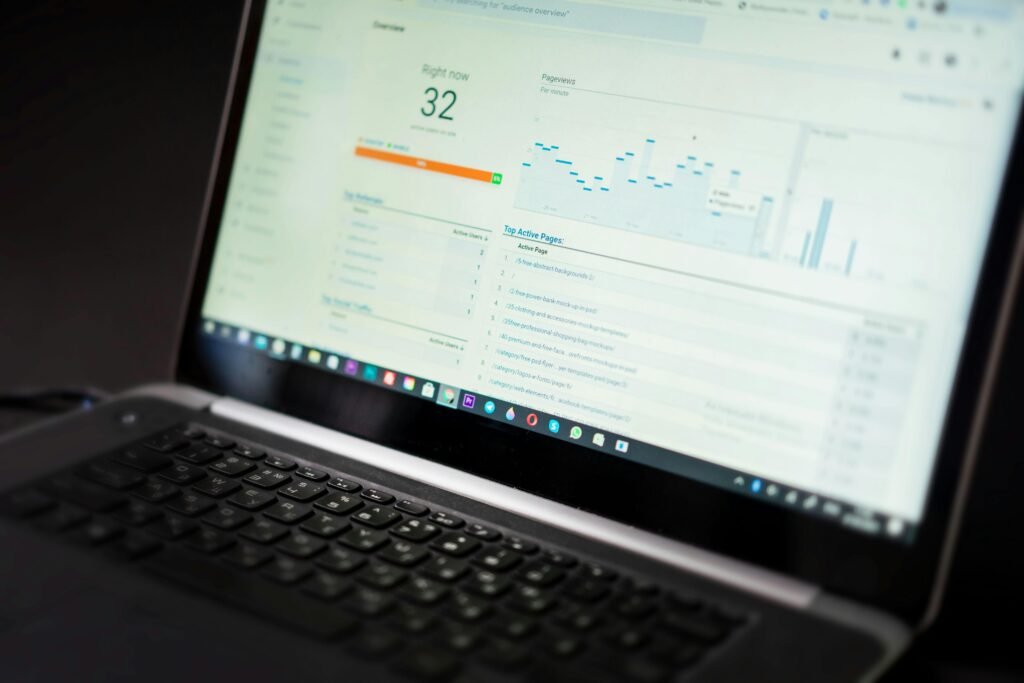“Why does it feel like my streaming content is getting lost in the algorithmic Bermuda Triangle?” If you’ve ever stared at your dashboard wondering why your killer video isn’t going viral, you’re not alone.
In this post, we’ll explore how Content Performance Reports can decode the mysteries of streaming analytics for your media projects. By the end, you’ll have actionable insights to boost engagement and refine your streaming strategy.
- Table of Contents
- Key Takeaways
- The Problem with Guesswork
- Building Your First Report
- Pro Tips for Better Insights
- Case Studies That Worked
- FAQs About Content Performance Reports
- Conclusion
Key Takeaways
- Content Performance Reports provide data-driven clarity on audience behavior and preferences.
- The right metrics (e.g., watch time, drop-off rates) matter more than vanity stats like views.
- Automation tools can simplify report generation while ensuring accuracy.
- Consistent analysis leads to iterative improvements in content strategy.
The Problem with Guesswork: Why You Need Content Performance Reports

Streaming platforms are notorious black boxes—your videos go in, but what happens next? Without Content Performance Reports, you’re flying blind, hoping that algorithms magically favor your work.
I once spent weeks crafting a short documentary series only to realize no one stuck around past the first minute. Talk about soul-crushing! This failure taught me the hard way that understanding where users lose interest isn’t optional—it’s survival.
“Optimist You:* ‘Just upload daily and trust organic reach!’
Grumpy You: ‘Yeah, unless you want to keep feeding insatiable algorithms without ROI.'”
Step-by-Step Guide: Building Your First Content Performance Report
Step 1: Choose the Right Metrics
Start by identifying which metrics align with your goals:
- Audience Retention: Where do viewers stop watching?
- Engagement Rate: Likes, shares, comments per view.
- Conversion Data: Are people clicking through CTAs?
Step 2: Leverage Analytics Tools
Platforms like YouTube Studio, Vimeo OTT, or even third-party options like Sprout Social offer built-in reporting features. For example:
YouTube: Navigate to ‘Analytics’ > ‘Reach’ for detailed breakdowns of traffic sources.
Vimeo: Use their heatmap feature to see exactly where users disengage.

Step 3: Automate Reporting
Tools like Google Data Studio let you automate these reports into digestible dashboards. Set them up weekly to save hours manually crunching numbers.
Pro Tips for Better Insights from Content Performance Reports
- Drill Down Into Drop-Off Points: Understand why users leave. Is it poor audio quality after 5 minutes? A boring intro?
- Segment Audiences: Different demographics may respond differently to the same content.
- Use Annotations Wisely: Test clickable overlays during low-retention areas to re-engage bored viewers.
Case Studies That Worked
Let’s talk results:
Case Study #1 – Tech Review Channel: After analyzing retention reports, they shortened intros and added timestamps. Engagement rose by 40%, proving brevity pays off.
Case Study #2 – Short-Form Comedy Series: The creator noticed spikes in shares whenever they included relatable punchlines within seconds of starting episodes. They doubled down on this tactic, leading to 60% higher average watch times.

FAQs About Content Performance Reports
Q: Do I Really Need These Reports If My Views Seem High?
Yes! High views mean little if nobody watches till the end. Reports focus on meaningful engagement rather than surface-level success.
Q: How Often Should I Check My Reports?
Weekly check-ins are ideal for most creators. However, campaigns tied to product launches may require closer monitoring.
Q: What’s One “Terrible” Tip Everyone Recommends?
Here’s the brutal truth: Some blogs suggest uploading as much content as possible regardless of quality because “more equals better.” Don’t fall for it. Algorithms increasingly prioritize value over volume.
Conclusion
Mastering Content Performance Reports transforms guesswork into game-winning strategies. By leveraging precise insights, adopting best practices, and learning from others’ successes, you’ll elevate your streaming media presence significantly.
So here’s to fewer frustrating nights chasing rogue algorithms—and more moments when your content truly resonates!
P.S.: Remember, perfect reporting won’t save bad storytelling. Blend human-first creativity with tech-savvy tweaks. Like Backstreet Boys said, ‘Everybody (Backstreet’s Blogging)!’

